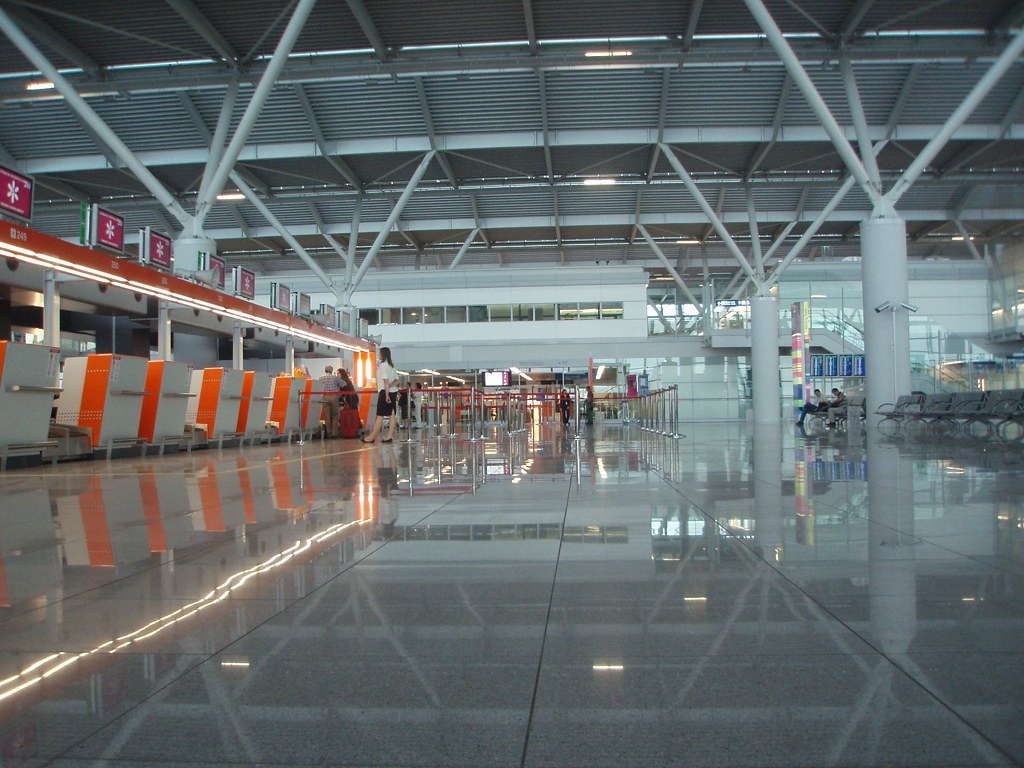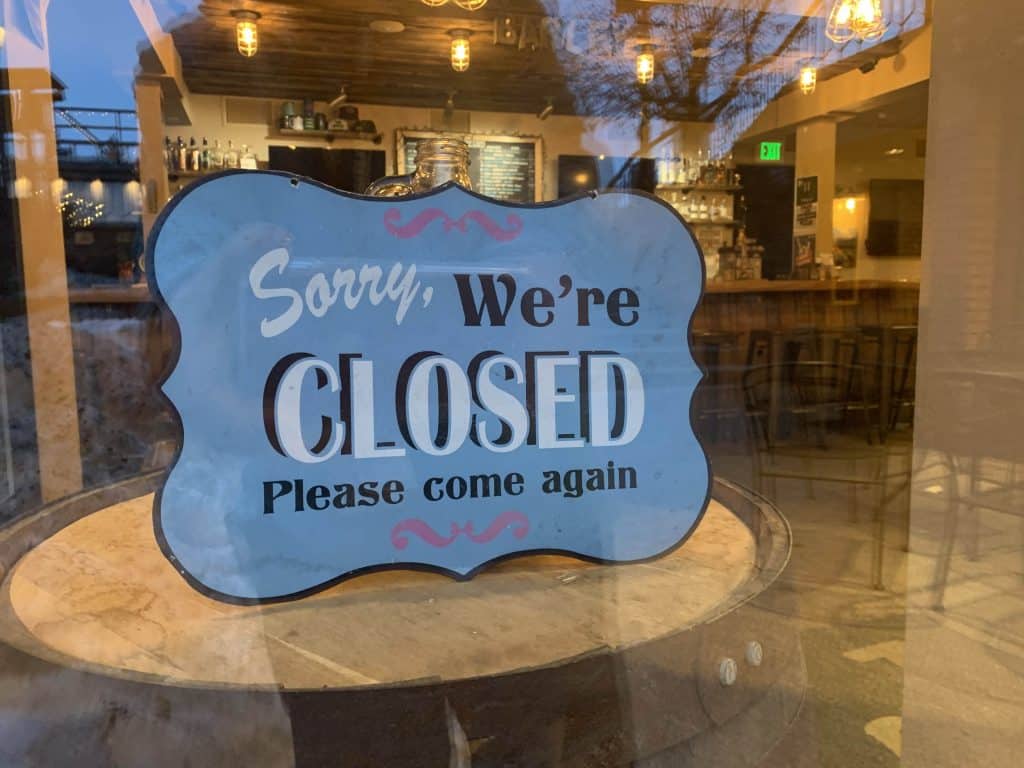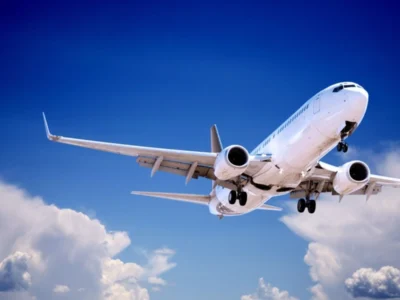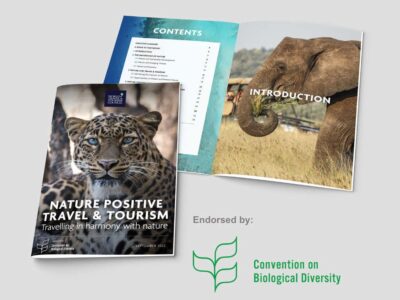The global pandemic COVID-19 has blurred differences between outbound, inbound and domestic tourism in India. The industry has identified key problems in an attempt to find viable solutions.
Right from the beginning of the outbreak of the coronavirus pandemic four months ago, the Indian travel industry has been amongst the sectors hardest hit. First to go down were destinations in the east and south-east Asia in terms of outbound travel from India and ever since the country began clocking its own count of ill and deceased persons as a result of the pandemic, the situation has become alarming; with all kinds of travel and hospitality off the table for several weeks, if not longer. Already, some predict that with the deadly disease still on a rampage, the upcoming peak travel season of India from October 2020 to March 2021 looks extremely bleak and discouraging.
While the government of India struggles to measure the financial damage under the ongoing 21-day lockdown, the travel industry seems to have slipped into a coma. Though industry associations managed to put their heads together to draft a bailout proposal and placed them in front of the tourism and finance ministries just before the lockdown began, the industry is still looking for a relief package.
A bitter dose
The travel industry’s pains began in a serious manner with the ban on all international flights from March 23 onwards and a total stoppage of all flights, trains and even road transport from March 25 onwards. The industry not only includes big national tourism organisations and airlines but also includes large, medium and small tour operators, agents, and various kinds of service providers, including outbound, inbound and domestic tour operators, small agents, local hotels, restaurants, souvenir shops, ground-handlers like tourist bus and car services, app cab services, drivers and tourist guides who totally depend on tourists at the popular places.
Counting the losses
As the number of COVID-19 cases in India continues to rise; international consultancy KPMG has released a report on the business landscape, including aviation and tourism in India, post the lockdown. The study says that with international and domestic travel closed, demand for turbine fuel will substantially decline.
The report says that the Indian Association of Tour Operators (IATO) estimates that hotel, aviation and travel sectors together may incur a loss of about INR 85 billion due to travel restrictions imposed on foreign tourists. The outbound travel from and inbound travel to India will be at an all-time low. The impact is likely to be felt on both white and blue-collar jobs.
As the World Travel and Tourism Council (WTTC) estimates the crisis to cost the tourism sector at least US$22 billion, the travel sector is shrinking by up to 25 pc in 2020, resulting in a loss of 50 million jobs.
As per International Air Transport Association (IATA), 2020 global revenue loss for the passenger business is estimated between US$63 billion (11 pc) and US$114 billion (19 pc). On account of COVID-19, the Indian tourism and hospitality industry is staring at a potential job loss of around 38 million, which is around 70 pc of its total workforce.
As on today, even tourism boards have not been able to assess the impact of the coronavirus pandemic on their business from India. So far, only Nepal is able to calculate the YOY figures and the stats show in March 2019, Nepal received 15,606 tourists from India and in March 2020 before lockdown was announced, it received only 6,793 visitors from India.
With such unprecedented numbers, the industry has begun to look for answers, though none has yet been found. Before even the lockdown started, various tourism industry associations started drafting their agenda mostly keeping an eye on the financial reliefs in terms of tax holidays and deferment of a new tax that was meant to be implemented in April. However, the industry is still clueless about the losses incurred so far and the potential loss should the lockdown be extended even by a fortnight. This point was made clear by senior officials of the government.
During a recent webinar organised by FICCI, Rupinder Brar, the additional director-general of ministry of tourism, Government of India said, “The presentations done by the industry associations covering outbound, inbound and domestic tourism were made before the lockdown and we are struggling for updated figures and more details. I would request the industry stakeholders to backup all their arguments and suggestions with facts and figures that will help us create a revised plan for the tourism industry, which I can assure is in the making.”
However, the industry leaders were clear that they expected a real package from the government rather than mere lip service. “First there has to be survival, and then only there will be a revival. Three months of the moratorium will take us nowhere; we need at least one year,” said Jyotsna Suri, chairperson of Lalit Hotels. Rajesh Magow, co-founder & Group CEO of MakeMyTrip, was more optimistic about a revival. “Domestic tourism will pick up first while inbound and outbound are going to suffer. “Somehow in the same line what our prime minister had thought, if domestic travel can be brought under tax reduction, then discretionary travel could increase,” he said.
Others had similar suggestions on how the industry can get back on its feet with a little help from the government. Pronab Sarkar, the president of IATO (Indian Association of Tour Operators) suggested, “To target inbound tourists, the one-year visa-free regime should be announced and India’s image as a clean beautiful country must be aggressively projected. India Tourism should be ready with international road-show plans to target markets.”
The idea is to resume travel and tourism business in some way. However, the revival of outbound tourism is more challenging. Agencies working directly with foreign tourism boards and international airlines are likely to face the heat from their respective head offices to cut down expenses until the traffic resumes and shows signs of upward movement.
Arzan Khambatta, the head of Macao Government Tourism Office in India said, “The pandemic has contributed to a drastic decline in the number of visitors to Macao as compared to 2019. Also, the outbreak started during one of the busiest travel seasons amidst Chinese New Year contributing to the significant loss in travellers. The impact of COVID-19 would also depend on how long the epidemic lasts. We can assume further drop beyond the first quarter of 2020. This could be worsened by restrictive measures for travel taken by India as well as Macao.”
Vachirachai Sirisumpan, the director of Tourism Authority of Thailand, New Delhi commented, “Even though our 60th anniversary celebration comes during the most challenging time both for Thai as well as for the global tourism industry, our spirits are still strong with positive thinking. As with previous challenges, the tourism industry will prove its resilience by not only overcoming the repercussions of the current pandemic, but also emerge stronger than it has ever been. In this time of crisis, there is always an opportunity.”
Also, a lot of budgets will be reduced, contracts will be renegotiated and vendors will be rearranged. Retrenchment cannot be overruled also. And those who are acting as satellite offices or representatives of foreign brands will have to start from zero to show performance and then get paid again.
“The deferment of TCS to October 1st is only going to hit the outbound industry more which needs serious reconsideration. SMEs have a problem with cash flow and our industry majorly works on a credit system. Banks must think of giving soft loans,” Ankush Nijhawan, the co-founder of TBO Group & managing director of Nijhawan Group representing a handful foreign hospitality brands as well as tourism boards commented.
Some others are already planning their strategy post the pandemic. Says Carl Vaz, the India representative of Destination Canada: “An assured way to recovery post the COVID-19 crisis is to secure a firm share of space in a consumer’s mind that is impenetrable by the competition. You can achieve this for yourself through a position of strength that showcases your product knowledge and a larger number of packages comprising domestic and international destinations.”
Staying connected
The tourism boards and airlines are at the moment only able to share inspirational videos stating dream now and travel later as well as reschedule, don’t cancel. All the destinations will have to review their status, and further revise their strategy and enter the markets as soon as business opens. The target markets will also change post COVID-19 as many would like to continue with the travel restrictions and advisories.
“The outbreak is constantly evolving and at South African Tourism, we remain alert and focussed towards providing our sector with critical updates and plans. In a continued effort to ensure the health and safety of all South African citizens and tourists travelling within our country and to contain the spread of the virus, South African Tourism is advising all travellers, both domestic and international, to stay home now, so that they can travel later,” said Neliswa Nkani, the Hub Head (MEISEA) of South African Tourism.
“As soon as the epidemic is under control, we will be launching various trade and consumer campaigns to inform and educate travellers of the various measures taken by Macao Government to ensure safety and caution regarding COVID-19 in order to ensure well-being of the traveller,” says Arzan Khambatta.
How India handles its own pandemic situation will determine many destinations’ approach to India as well. Not only would they discourage their citizens from travelling to India, but also impose stricter controls on Indian tourists planning to visit their country.
Here agents and the operators would need their convincing powers to tell tourists to start travelling abroad, but they could get some help from destinations. “There are some interventions we will be introducing to help cushion the tourism sector from economic difficulties in a post COVID-19 environment. Our role will be to respond and support the industry during this period. The Department of Tourism has made an additional R200 million available to assist SMMEs in the tourism and hospitality sector who are under particular stress due to the new travel restrictions. Plans are also underway to establish the Tourism Services Call Centre where affected businesses can get information on the available relief measures, postponements of events and will act as a helpline for tourists,” added Neliswa Nkani.
Travel industry is very much dependent on the mass movement which is now the biggest measure to contain the virus. A lot will depend on how much money a potential customer would want to spend or be able to spend once the crisis is over and travels resume. That is the million-dollar question across the industry today.























